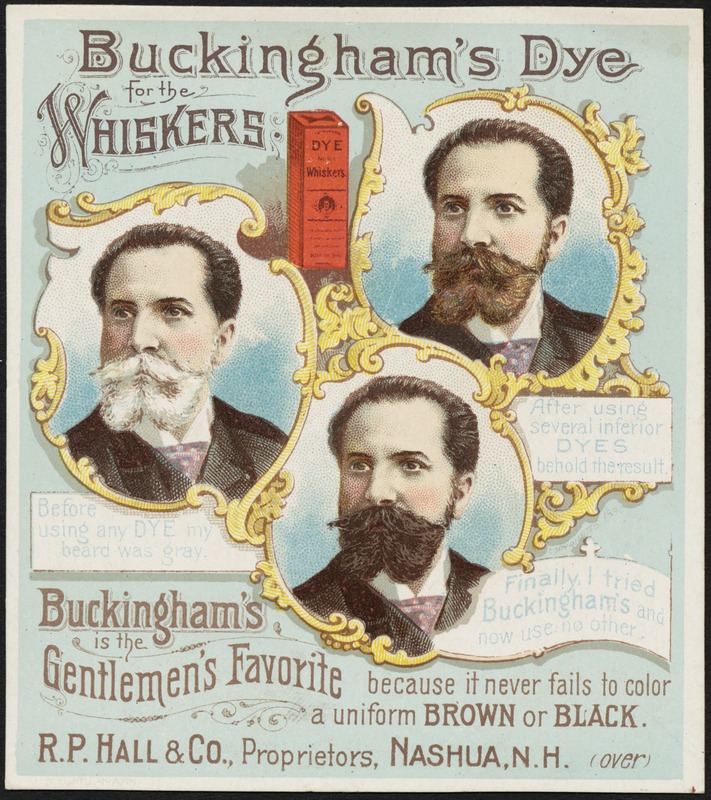
The Age of the Beard at the Florence Nightingale Museum
We may think we’re living in a modern-day beard boom, but a look back at beard styles of the Victorian era suggests otherwise. The Age of the Beard, an expansive exhibit at London’s Nightingale Museum, uses a series of 19th-century photos to paint a picture of the world’s first official beard boom.
The origins of the boom can be traced back to the Crimean War, which occurred from 1853-1856. Back then, Florence Nightingale was nicknamed “Lady with the Lamp” for caring for wounded soldiers late at night. When these soldiers went back home, they had full, bushy beards that served as a symbol of war, success, sacrifice and manliness. They were regarded as heroes, and thus, men all over the UK wanted to look like them. Soon, their popularity spread like wildfire.
The Beard Styles of The Show
In some ways, there’s a parallel between the current obsession with the beard and its Victorian roots. Men wanted to grow beards then and now because of its association with masculinity and authority. To an effect, that hasn’t changed. But Victorian beards often served as more than a style move.
Once upon a time, beards were seen as a mask against pollution. The Industrial Revolution was a time of heavy air pollution, and a beard served as each man’s own personal strainer.
The beard styles and variations were endless. The French Fork, goatees, mustaches, muttonchops—you name it. The Victorian era was no stranger to facial hair experimentation.
The Crimean War officers let their whiskers grow wildly. Sprinkled with white and gray, their beards seemed to represent wisdom and experience. The men who were lower on the totem pole were clean shaven or had minimal stubble.
Some men preferred robust mustaches as the ultimate statement. The exhibit features a portrait of Henry Wellcome wearing a warrior costume, his gray mustache loosely fashioned as a messy handlebar. It’s equally whimsical and authoritative.

The Beard Products of History
And even then, before the age of beard oils and shampoos and shave soaps, beard grooming was on the rise. The Age of the Beard features trade cards like “Buckingham’s Dye for the Whiskers”, which advertised a dye that could be used to color gray beards. Not to mention, there were snake oils and potions and goat hair concoctions created to care for beards and stimulate growth.
Historian and exhibit curator Dr. Alun Withey credits the Victorian era with helping to normalize beards. He feels the current era is less a movement and more a natural progression.
“I’d argue that, for the first time in a very long time, they’ve become mainstream and normalized. They’re not a reaction to anything now, and instead have become an acceptable part of a man’s appearance. They’re no longer—literally—remarkable,” he told Hyperallergic.
He feels the artifacts and photos curated for The Age of the Beard provide a more compelling look at beard history around the globe. These photos provide evidence that alternating concern about beard growth and shaving is cyclical, with each coming back around for another spin. Today’s beard culture isn’t an insider trend highlighted by hipster culture. If anything, it’s a tribute to the powerful whiskers of our past; a proper homage to beard history.
Limited Time; Catch The Age of the Beard Before The Summer
The exhibit even has a cheeky side, offering up the origins of beard styles like the Soup Strainer, Thigh Tickler and Bluebeard. Take a wild guess what the latter one means.
The exhibit kicked off November 18 and runs through April 30 in association with the Wellcome Trust. For those who can attend, it’s a thorough look back at the past served up with a slice of humor.




